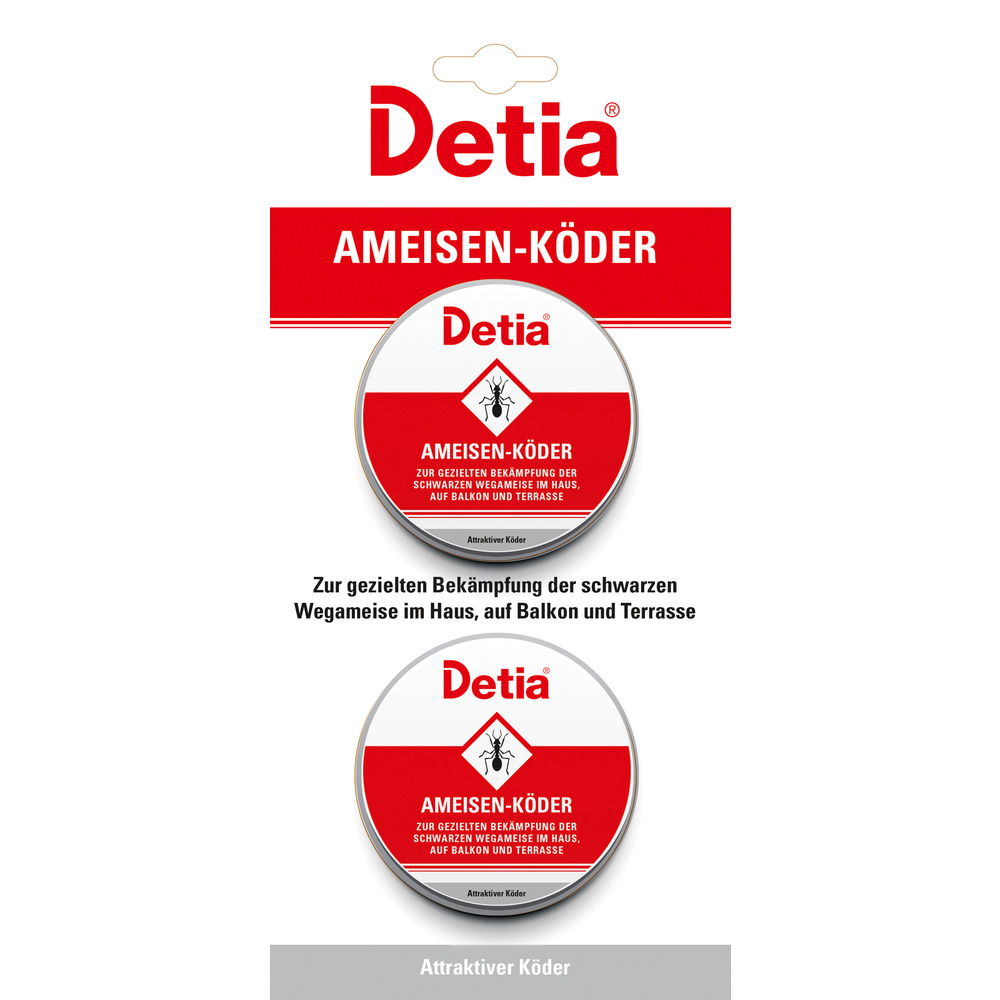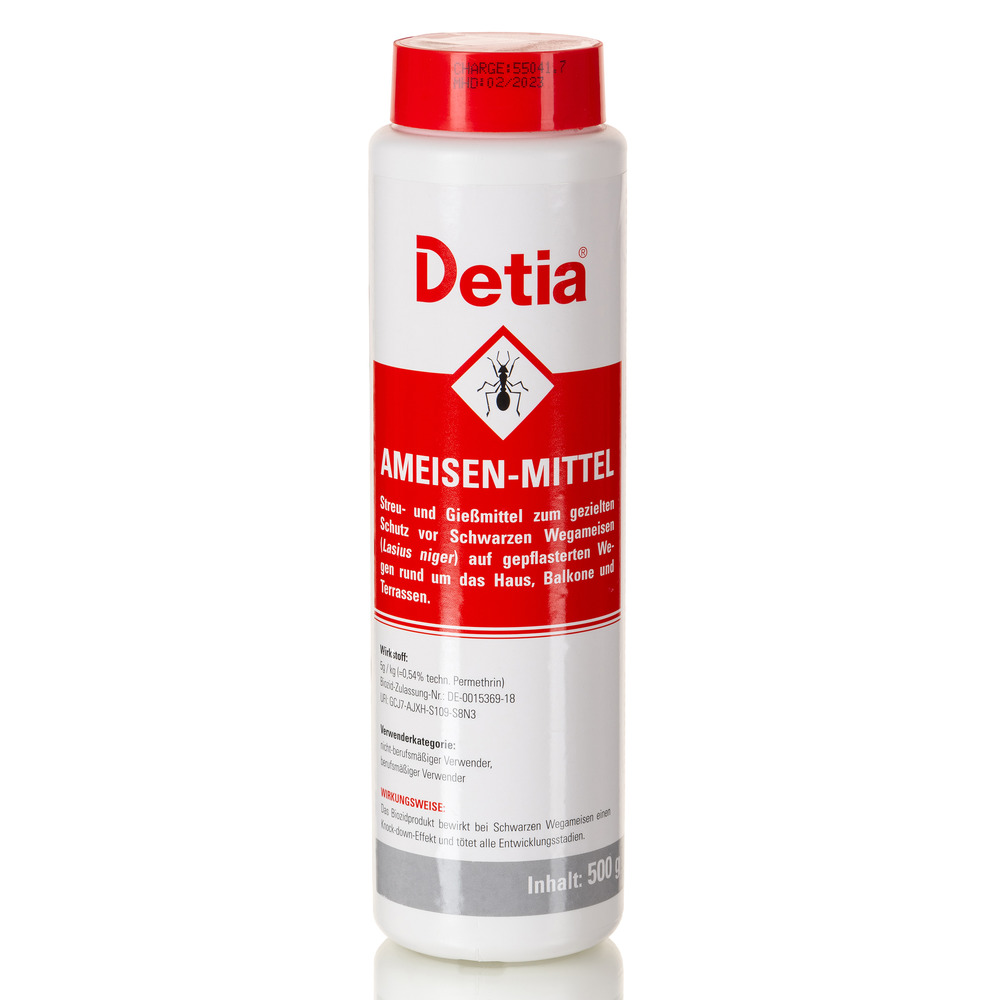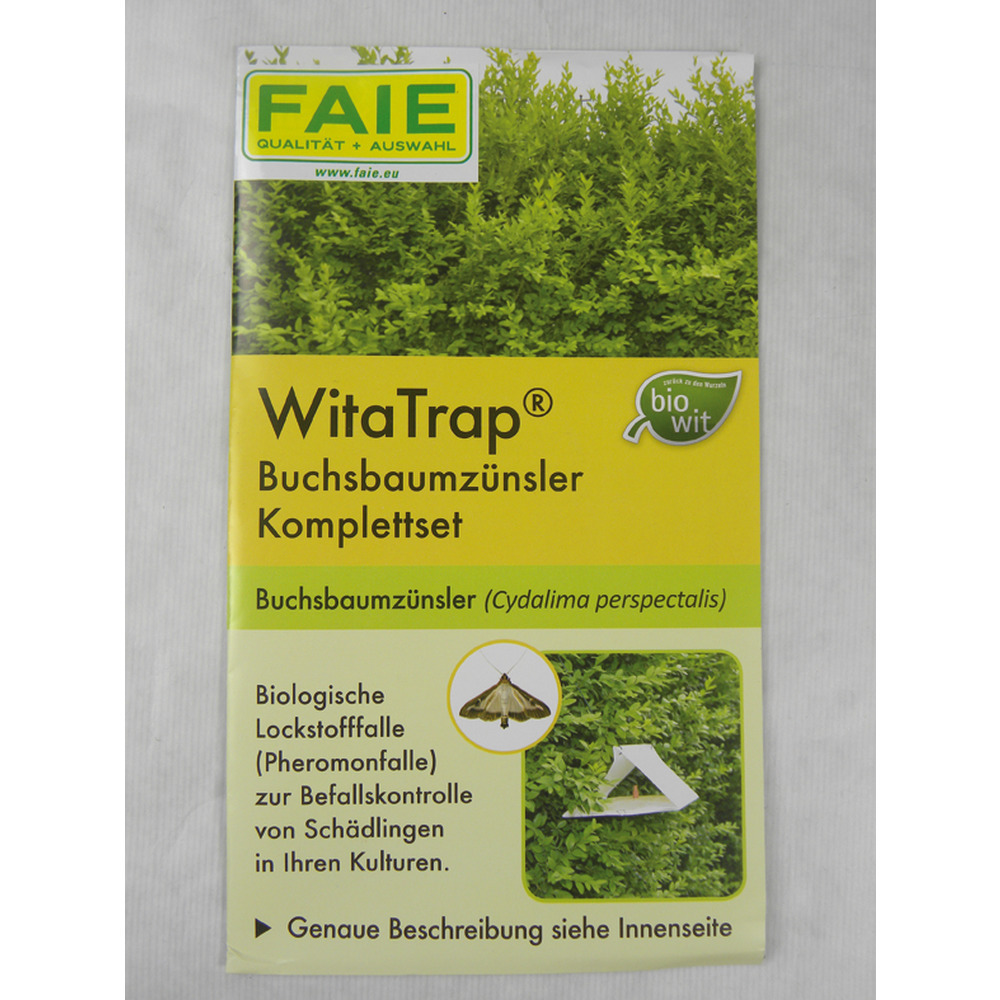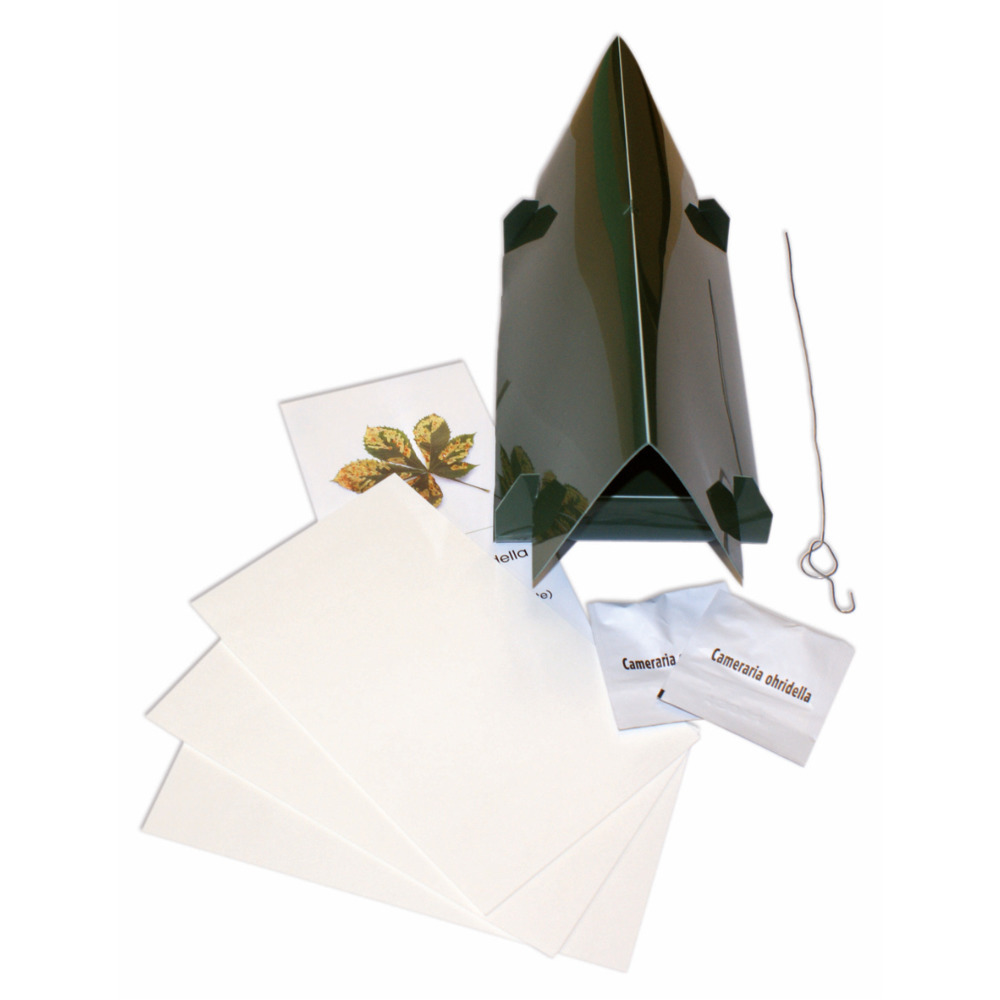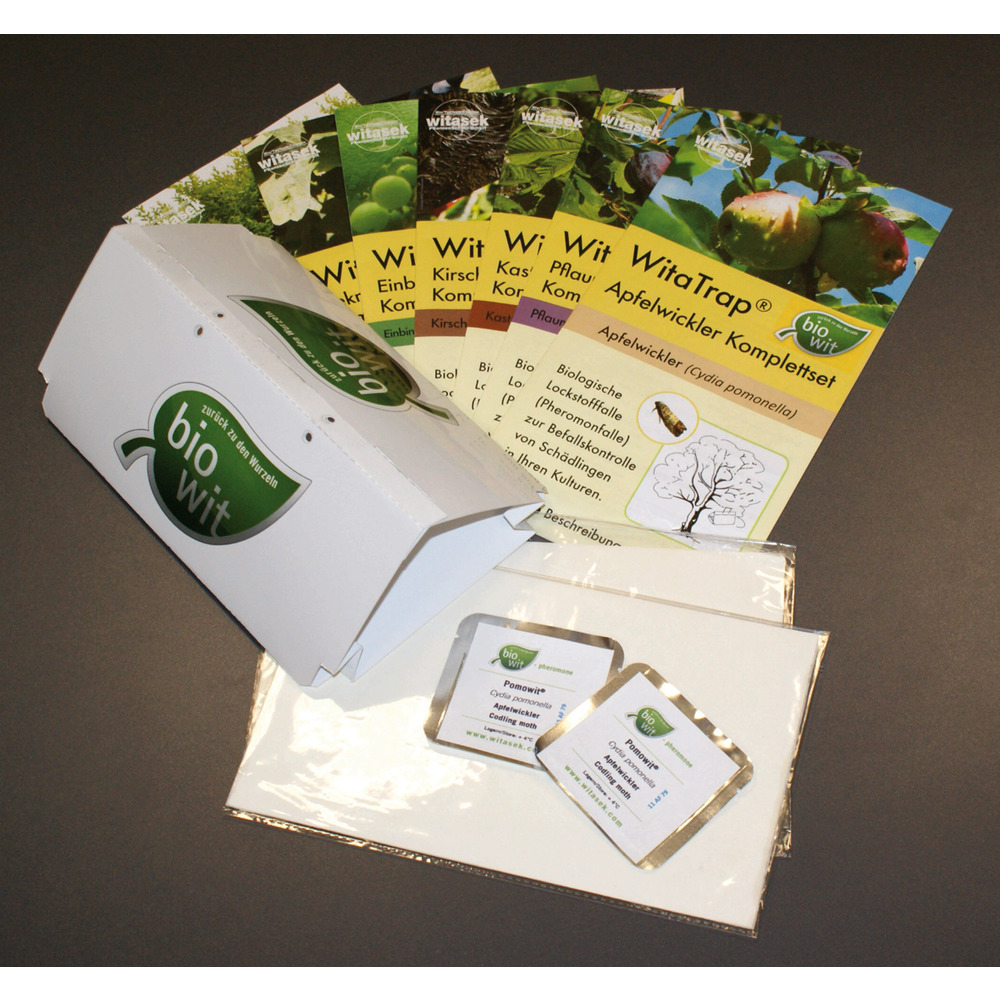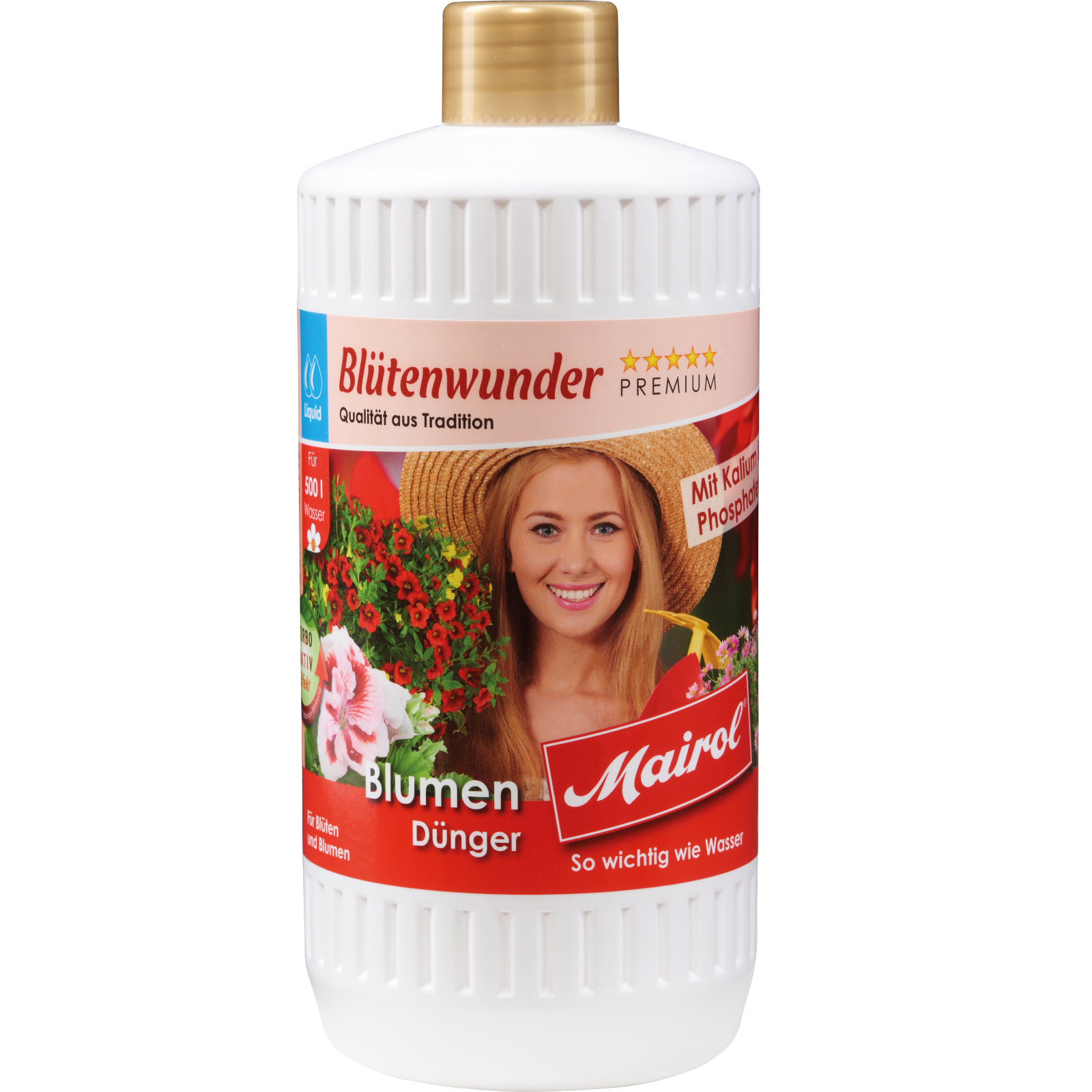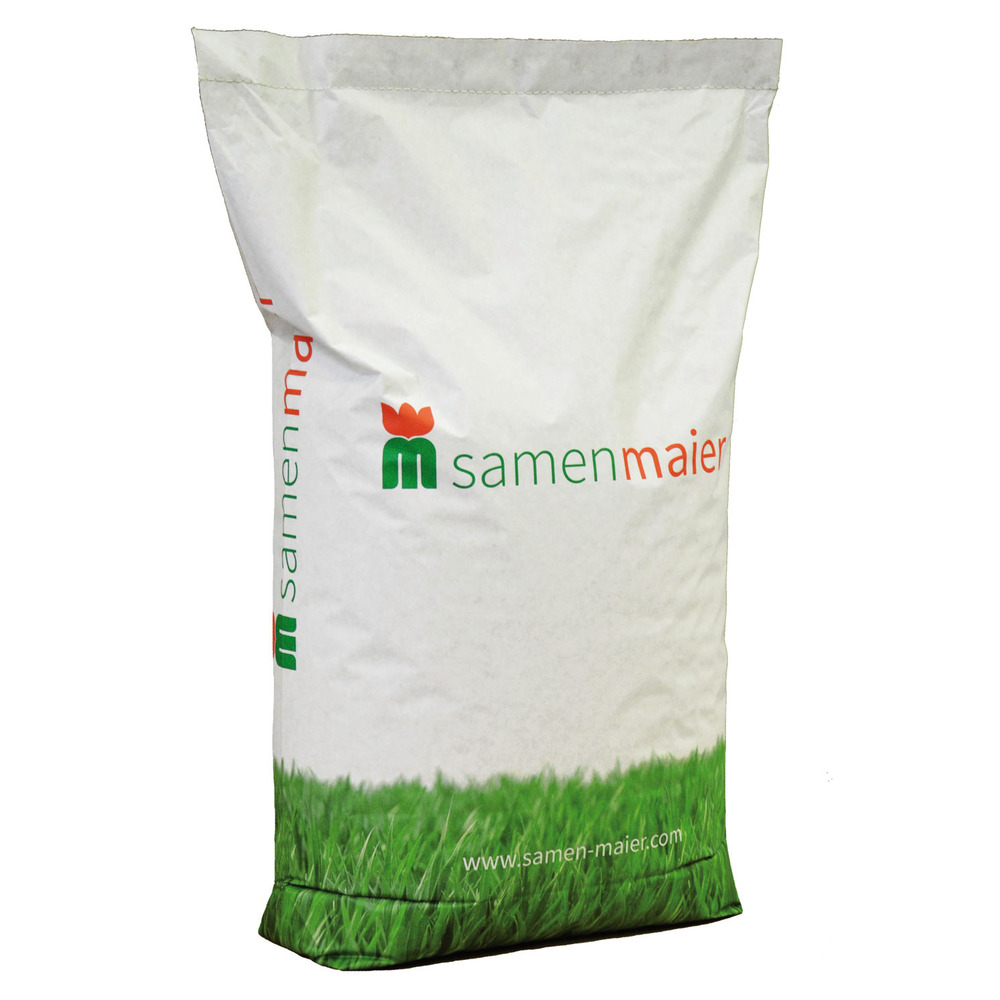18/02/2025
Lawn care in spring
Lawn care and maintenance
Scarifying
Careful lawn maintenance begins with scarifying. This involves scarifying the top layer of grass and moss to allow air, water and nutrients to circulate better. Before scarifying, the lawn should be mowed to about 4 cm. It is important not to scarify too deeply so as not to damage the grass roots. If the lawn is well cared for, it is sufficient to scarify in one direction only in spring. Heavily used lawns should be scarified once horizontally and once vertically. You should then spread a slow-release fertiliser and, if you wish, you can sow lawn seed in bare patches. You can apply fine-grained sand to the scarified areas to maintain its positive effect for longer. Don't be surprised if the lawn looks unkempt after scarifying, but it will recover relatively quickly. If you have a heavy infestation of moss in your garden, you can also scarify in early autumn.
Liming the lawn for moss infestation
If moss spreads in the lawn after fertilising, this may be due to over-acidified soil. If this is the case, you should measure the pH value of the lawn and apply lime if it is above 6.5. The lawn should be scarified beforehand so that the lime can penetrate the soil better. Then spread the lime evenly over the lawn. In dry conditions, water the lime-treated areas regularly to dissolve the granules.
Fertilise the lawn
After the winter months, most of the nutrients have been used up, so it is particularly important to fertilise the lawn in spring. A slow-release fertiliser is ideal for this, as it supplies the lawn with nutrients such as nitrogen, potassium and other essential nutrients. The slow-release fertiliser not only promotes healthy, but also vigorous growth of the lawn. Care should be taken to fertilise the lawn evenly and avoid over-fertilisation. This works best with a fertiliser spreader.
Re-seeding the lawn and repairing bare patches
Bare patches can appear in the lawn after winter. To prevent weeds from growing there, these areas should be reseeded in spring. Small bare patches can be filled with a lawn patch. Larger bare patches are best treated with a lawn renewal mixture. To reseed the lawn optimally, you should first loosen the soil with a rake. Then spread the seeds over the bare patches. Make sure that the seeds are in contact with the soil. If necessary, fresh soil can be added to the areas. The areas should then be rolled or trampled down. Once germination has begun, the soil must not be allowed to dry out. The next time you mow the lawn, you should avoid the reseeded areas. Only when the blades of grass have reached a length of about 7-8 cm can they be shortened.
The right irrigation
Regular watering after sowing is very important so that the blades of grass can grow well. However, this depends on the soil conditions of the garden, as a water-permeable soil requires more water than a loamy soil. Watering too frequently can cause waterlogging, which impairs root health and promotes disease. Too little watering, on the other hand, can dry out the young blades of grass and inhibit their growth. It is important to check the moisture of the soil regularly to ensure that the watering is appropriate for your lawn. If you press your thumb into the soil and it gives a little, the lawn is well watered.
Weed control
Moss can be caused by too much shade, waterlogging or acidic soil. Scarifying can help here, and liming can also provide a remedy. Weeds should be removed as early as possible before they form seeds. If there are only a few weeds in the lawn, you can remove them with a weed cutter. For larger areas, it makes sense to use special lawn herbicides. Regular mowing can also help to minimise weed growth.
Clover spreads especially in nutrient-poor soils. Targeted fertilisation with a nitrogen-containing lawn fertiliser can help to reduce clover. Special herbicides can be used to control persistent clover.
Unser Angebot
Content: 0.5 kg (€27.90* / 1 kg)


